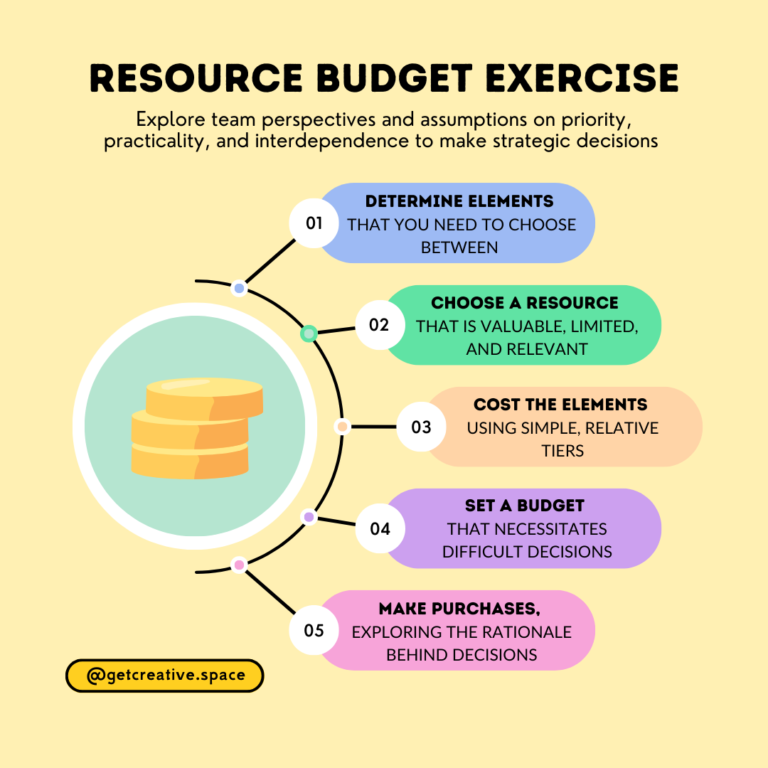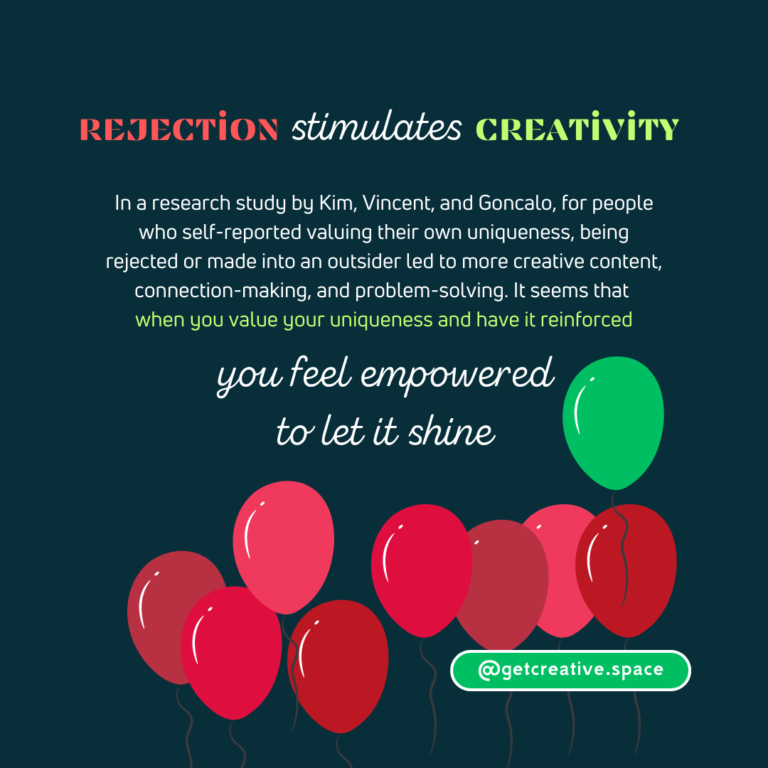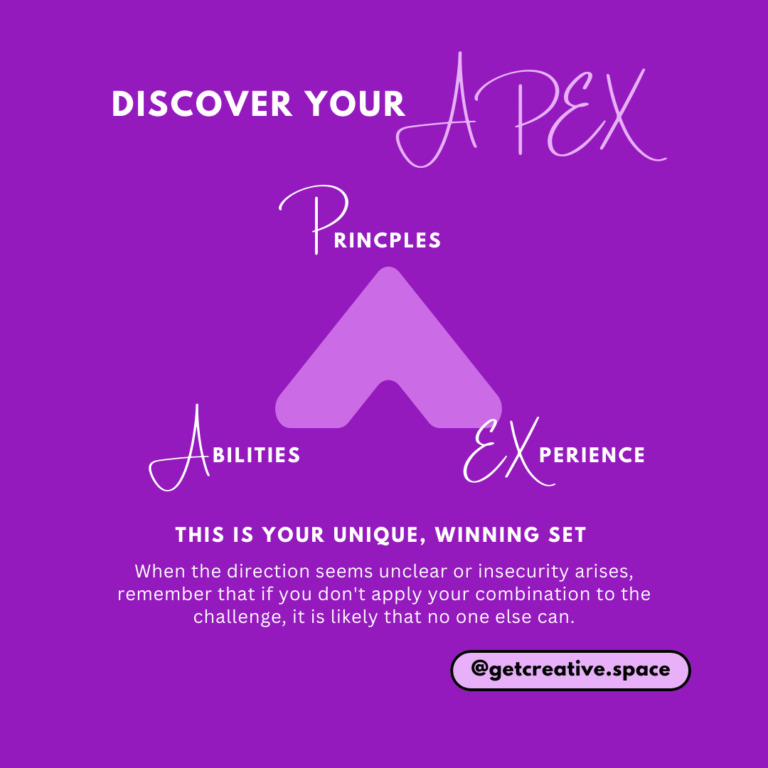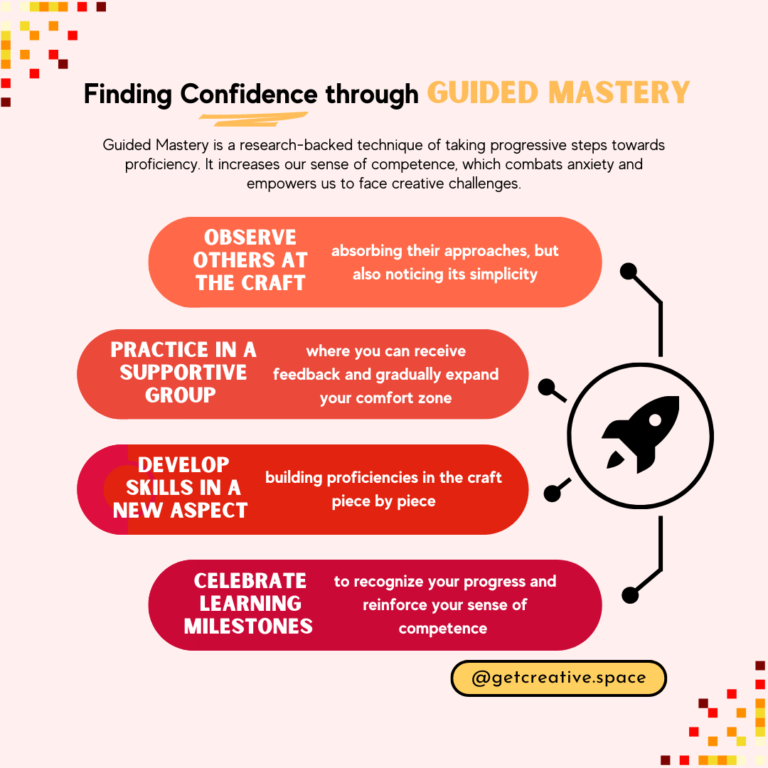Transect Walk: Exploring Environments for Innovative Solutions
A Transect Walk is an effective strategy for innovators to gain insights into an environment’s resources, conditions, and systems. By immersing yourself in the surroundings, you can design solutions that align with people’s needs and seamlessly integrate into their built environment. Follow these steps to make the most of your Transect Walk:
- Choose your location wisely: Start with thorough research to select a place that is relevant to your innovation topic. Consider the characteristics, demographics, and unique features of the area.
- Plan your route and timing: Select a specific route that will expose you to different aspects of the environment. Determine the most suitable day and time when the location is likely to reveal useful insights. Adjusting the timing based on traffic, activities, or events can enhance your experience.
- Define focus areas: While allowing for spontaneity, it’s helpful to have a loose framework for the types of information and elements you want to explore. Identify key aspects relevant to your innovation, such as social interactions, infrastructure, or natural elements.
- Seek experienced companions: Whenever possible, invite someone with expertise in the chosen environment to accompany you. Their insights can help you identify noteworthy elements, answer questions, and understand the typical experiences of people in that area.
- Observe without judgment: As you embark on the Transect Walk, adopt a mindset of curiosity and open-mindedness. Observe and listen attentively, suspending judgment to better comprehend the environment and its nuances.
- Document your experience: Take detailed notes and capture photographs throughout the walk. Documenting your observations will ensure that you don’t miss any essential details and enable you to reflect on them later.
- Allocate sufficient time: Depending on the distance, number of participants, and the extent of stops and conversations, a Transect Walk can take anywhere between 1 and 3 hours. Plan accordingly to allow for thorough exploration.
By engaging in a Transect Walk, you’ll gain valuable insights and perspectives that can inform your innovation process. This method allows you to deeply understand the environment, identify unmet needs, and design solutions that truly resonate with your community.1







